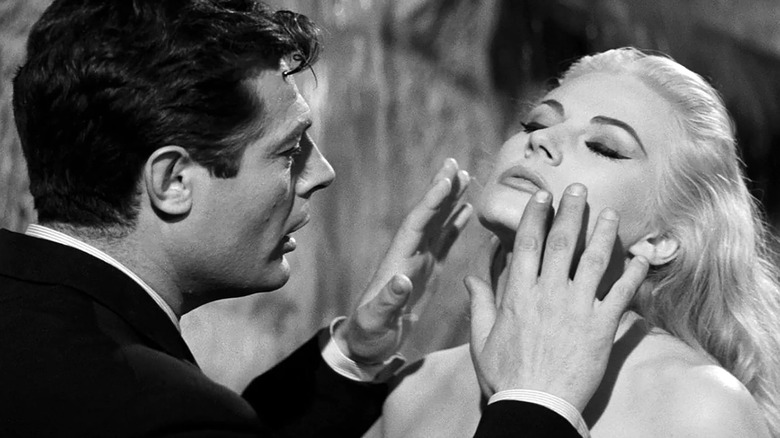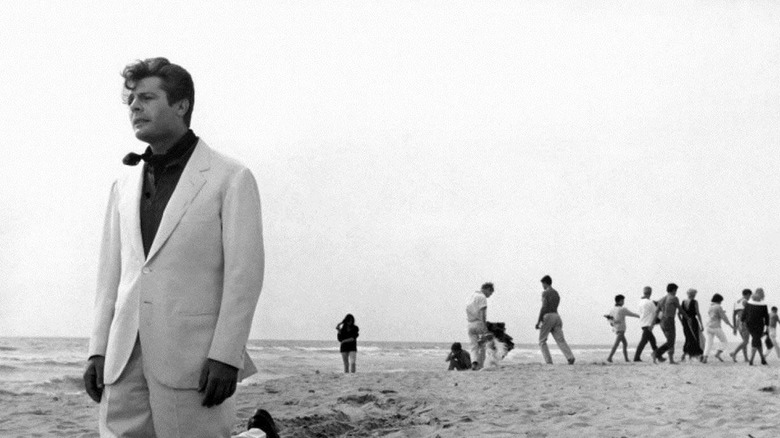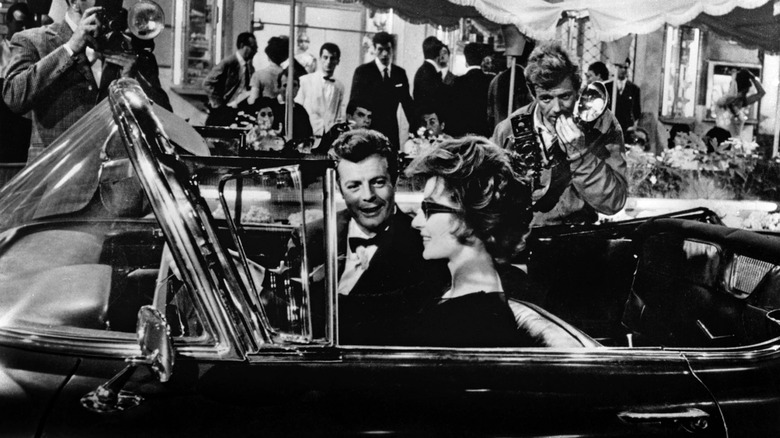One of the most common questions film critics receive is “What’s your favorite movie?” And any critic will tell you that it’s a difficult question to answer. Since critics speak to their taste, and gauge a film’s quality based on their reaction to it, shouldn’t the film they consider the best of all time be their favorite? In a 2012 essay on his website, Ebert rolled the question around in his mind, musing that his old reviewing partner, Gene Siskel, used to say that “Citizen Kane” is the “official” answer to that question. After all, many critics consider it to be the best movie ever made, so surely that means it is their favorite, right?
Of course, we all know that taste doesn’t operate that way. A film can be your favorite for any number of reasons. You might consider, say, “Ikiru” to be the best movie ever made, but it might not be able to shake the affection for a lesser film you adored as a youth, a goofier film that speaks more directly to your specific sensibilities, or a sloppy film that nonetheless contained a vital character or idea that helped shape your personal philosophy. Favorite films aren’t always great, and great films aren’t everyone’s favorites. For critics who agree it is the best movie ever made, then the answer to “What is your favorite movie” kind of has to be “Citizen Kane,” right?
But Ebert, when confronted, admitted to floundering. When asked about his favorite movie, he cycles 100 great films through his mind before giving a noncommittal “I don’t know.” Ebert, instead, came up with a new criterion for his favorite movie: he asked himself, “What film would I most like to see again right now?” What’s a movie that, no matter his mood, would hit the spot? What’s a film that never ceases to excite him, that never gets old?
His answer was Federico Fellini’s 1960 comedic drama “La Dolce Vita.”
What is La Dolce Vita about?
Federico Fellini can be a difficult filmmaker for many young American viewers, as his films tend to be self-indulgent and self-referential to the point — for many — of emotional opaqueness. If one wants to start exploring Fellini’s filmography, one should certainly not begin with his most celebrated film, “8½.” Instead, one might want to start with “La Dolce Vita,” a more emotionally relatable film that, through its style and ineffable sense of Italian “cool,” might depict a tragic hipster life that twentysomethings can relate to.
“La Dolce Vita” takes place in Rome, specifically on the Via Veneto, a street lousy with cafés and nightclubs. The film follows a weary tabloid reported named Marcello (Marcello Mastroianni), whose life has reached an inflection point. He is beginning to tire of following low-rent celebrities and rich people, hoping to get a quote. He lives on the outside of the sweet life, always there to witness it, but never participating directly. Marcello visits a brothel early in the film, but he doesn’t sleep with anyone. He just naps. When a comely, buxom movie star (Anita Ekberg) entices him, he follows her everywhere, until she leads him into the Trevi Fountain for a swim. In that scene, she symbolically becomes a statue in the fountain, utterly gorgeous, but inhuman and untouchable.
One can see that Marcello is still lured by the wild life of sensual pleasures, but that he has also kind of outgrown it. He longs to do something good and adult with his life, but his cleaving to the life of a tabloid reporter hasn’t given him the intellectual or emotional tools he needs to do adult things. In modern parlance, he’s not good at adulting. “La Dolce Vita” is the ultimate film for people who just turned 31.
Ebert’s take on La Dolce Vita
Ebert explained in his 2012 essay why “La Dolce Vita” was great, but moreso pointed out why it is his favorite. He confessed that the film does have some personal nostalgia for him. But, he admitted, that the film has continued to change and grow up just as he did, with each revisitation bringing new revelations and delights. Ebert wrote:
“Movies do not change, but their viewers do. When I saw ‘La Dolce Vita’ in 1962, I was an adolescent for whom ‘the sweet life’ represented everything I dreamed of: Exotic European glamour, sin, the weary romance of the cynical newspaperman. When I saw it again, around 1970, I was living in a version of Marcello’s world. Chicago’s North Avenue was not the Via Veneto, but at 3 a.m. the denizens were just as colorful, and I was about Marcello’s age.”
So he got to dream of the sweet life, and then, in his own fashion, actually got to live it. The film lived up to its promise. But then, Ebert continued, it changed as he got older. Marcello turned from an aspirational figure into a pathetic one. And it was here, seemingly, that “La Dolce Vita” finally found its life. He wrote:
“When I saw the movie around 1980, Marcello was the same age, but I was 10 years older, had stopped drinking, and saw him not as a role model but as a victim, condemned to an endless search for happiness that could never be found, not that way. By 1991, Marcello seemed younger still, and while I had once admired and then criticized him, now I pitied and loved him. […] There may be no such thing as the sweet life. But it is necessary to find that out for yourself.”
Which is a beautiful sentiment. Watching “La Dolce Vita” is like watching a family member grow up, only the family member stays the same age while you are the one who actually matures. “La Dolce Vita” is a wild party for the young, and a stale tragedy for the aged. And if it’s that pliable, one can see how it would be Roger Ebert’s favorite.




